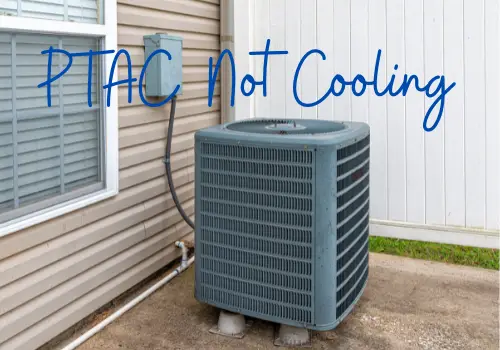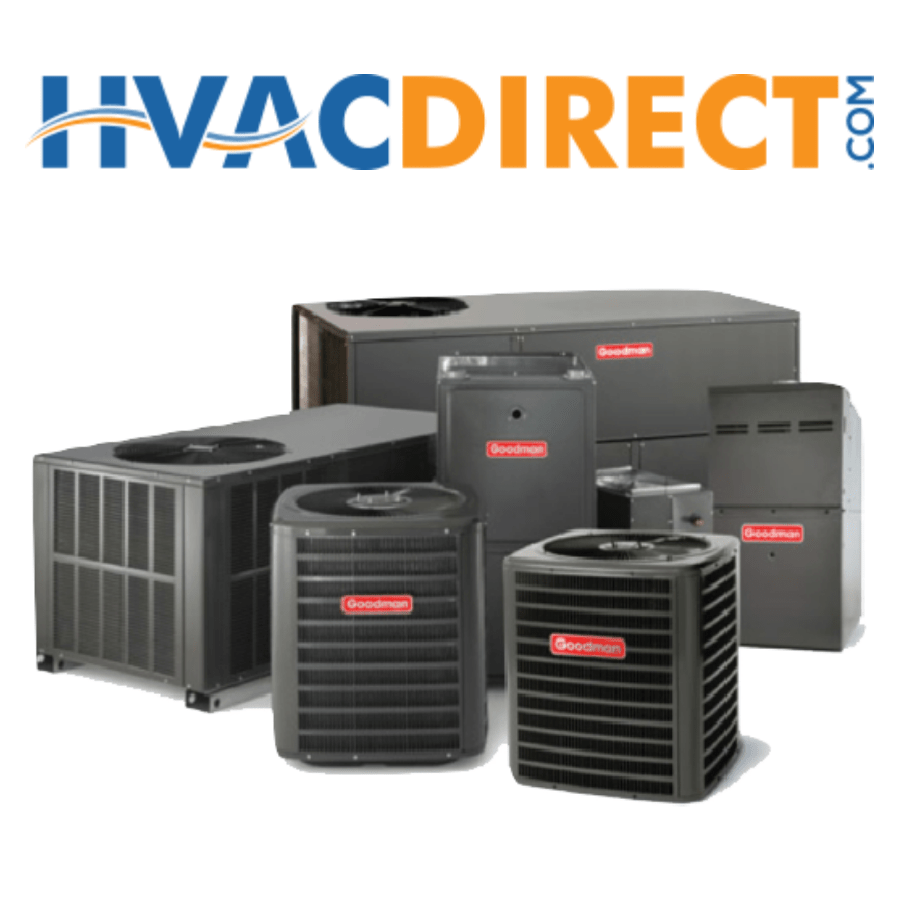PTAC Not Cooling
Bluco Mechanical is an expert in ptac heating repair in Brooklyn. You can also check out some interesting ideas for resetting AMANA PTAC. For information, call (929) 447-2077.
From extremely simple issues such as an incorrectly adjusted thermostat or a filthy filter to a more complex situation requiring component replacement, there is a multitude of reasons why your air conditioner may be operating but not decreasing the temperature in your home. We’ll go through some of the items you should examine before contacting a professional in this section.

COMMON PROBLEMS WITH PTAC UNITS
THE THERMOSTAT HAS BEEN SET INACCURATELY
When you realize that your home is becoming somewhat hotter than usual, check the thermostat settings first. Ascertain that it is set to cool. If the thermostat is set to cool, verify that the temperature setting has not been altered. If it is turned off, set to heat, or set to continual fan (sometimes just labeled “on”), reset it to cooling mode. Wait a few minutes after the system comes on before checking for chilly air coming from the registers. If it’s chilly, the issue is resolved! If this does not resolve the issue, proceed to the next troubleshooting advice – inspecting the air filter. Many people want to fix themselves when their PTAC not cooling.
FILTER FOR DIRTY AIR
An air filter may be installed in or near the indoor air handler unit of your air conditioning system. Dirt, dust, and other airborne particles are captured by the filter when they enter the air handler unit. It keeps the system’s components cleaner and more efficient, and it can also help keep the air in your home cleaner. A clogged air filter can obstruct airflow and diminish your home’s cooling capacity. In more severe circumstances, it can cause the system to entirely shut down. Contact a reliable ptac repair NYC to detect any issue.
If your thermostat is working properly but you are still not receiving cool air, locate your system’s air filter, turn off the system, remove the filter, and inspect. If, after ensuring that your air filter is clean, your central air conditioner still fails to chill your home, you’ll need to delve a little deeper to identify the source of the problem.
THE CONDENSER UNIT HAS BEEN BLOCKED
Your central air conditioning system, as previously stated, most certainly includes an outdoor condenser unit. The condenser unit’s exterior contains a big outside coil that wraps around the unit’s perimeter. The coil is made up of a number of very thin metal “fins” that are very closely spaced. If your air conditioner is operating but not lowering the temperature inside, one possibility is that the condenser coil is stuck or clogged. When the condenser fan is running properly, it draws air into the outside unit via the condenser coil, extracting heat energy from your home. Between the fins, dirt, grass, and other airborne debris can build, blocking the coil.
A filthy coil might result in decreased energy efficiency, insufficient cool air from the registers, or, in severe circumstances, system shutdown or compressor damage due to abuse. You can attempt to clean the coil by removing debris, vacuuming it carefully with a brush attachment, or gently rinsing it with a hose. If your system continues to overheat, it’s probably time to contact a professional.
BROKEN HEAT PUMP
Your outside unit may be a heat pump in some instances. A heat pump resembles an air conditioner but contains additional components that enable it to cool and heat your home. It operates similarly to an air conditioner’s condenser unit during cooling and is vulnerable to the same problems — unclean, clogged coils, frozen coils, refrigerant leaks, compressor malfunctions, and so on. If your heat pump system is not cooling properly, check the thermostat settings, the air filter, and the condenser unit for any of the previously mentioned concerns. If you’ve checked everything and are still sweating inside, contact Bluco Mechanical.
THE EVAPORATOR COIL HAS BEEN FREEZED
Your central air conditioning system’s indoor component will comprise an evaporator coil. If your indoor unit is a furnace, the evaporator coil is located outside the furnace in its own cabinet. If the indoor unit is a fan coil (as is often the case with heat pumps), the evaporator coil is contained within the fan coil cabinet. Warm indoor air is drawn through the evaporator coil, which removes heat and humidity from the air. The air is then pumped back into your home at a cooler, more comfortable temperature. Symptoms of a frozen evaporator coil include the following:
- Frost begins to build on the copper refrigerant tube exiting the coil cabinet.
- Insufficient cooling
- Increased utility bills
- Excessive drainage of condensate near your indoor unit
- Frost formation on outside refrigerant tubing or the outdoor unit in extreme circumstances
- Due to the difficulty of accessing the evaporator coil, resolving issues related to a frozen evaporator coil is best left to an HVAC professional.
LEAK IN THE REFRIGERATOR
A refrigerant is a substance that is necessary for cooling. It runs through the indoor and outdoor coils of the system, converting from liquid to a gaseous state and extracting heat and humidity from the indoor air, and releasing it outdoors. A refrigerant leak, depending on its severity, can result in your air conditioner not blowing cold air, your system running longer than necessary without effectively cooling your home, or it can result in a damaged or failing compressor and complete system shutdown.
UNSUITABLE AIR CONDITIONER
You may not notice any problems with an undersized air conditioner in moderate conditions. However, as the temperature outside rises, your air conditioner may operate for extended periods of time, struggling to keep you comfortable.
You may be able to establish the size of your AC unit from the rating information on the cabinet panel, but determining if it is the “correct size” for your home will be tough. Sizing a system for your home requires consideration of a variety of parameters, including space footage, construction and insulation quality, and local climate. If your system is small, adding a ductless unit to assist in “hot zones” may be conceivable. Alternatively, it may be more prudent to replace the system with one that is properly sized. To address sizing concerns, the best course of action is to call a Bluco Mechanical technician who can precisely estimate your home’s cooling capability.
CONTACT A BLUCO MECHANICAL
Is your thermostat unable to reach the desired temperature? If you’ve reached this point and have exhausted all other possibilities, it’s time to contact a Bluco Mechanical HVAC dealer. It’s critical not only for your comfort but also for the longevity of your air conditioning system. Continuing to operate your air conditioner when it is not cooling your home correctly might escalate a minor issue into a significant component failure or system replacement.



No Comments
Be the first to start a conversation